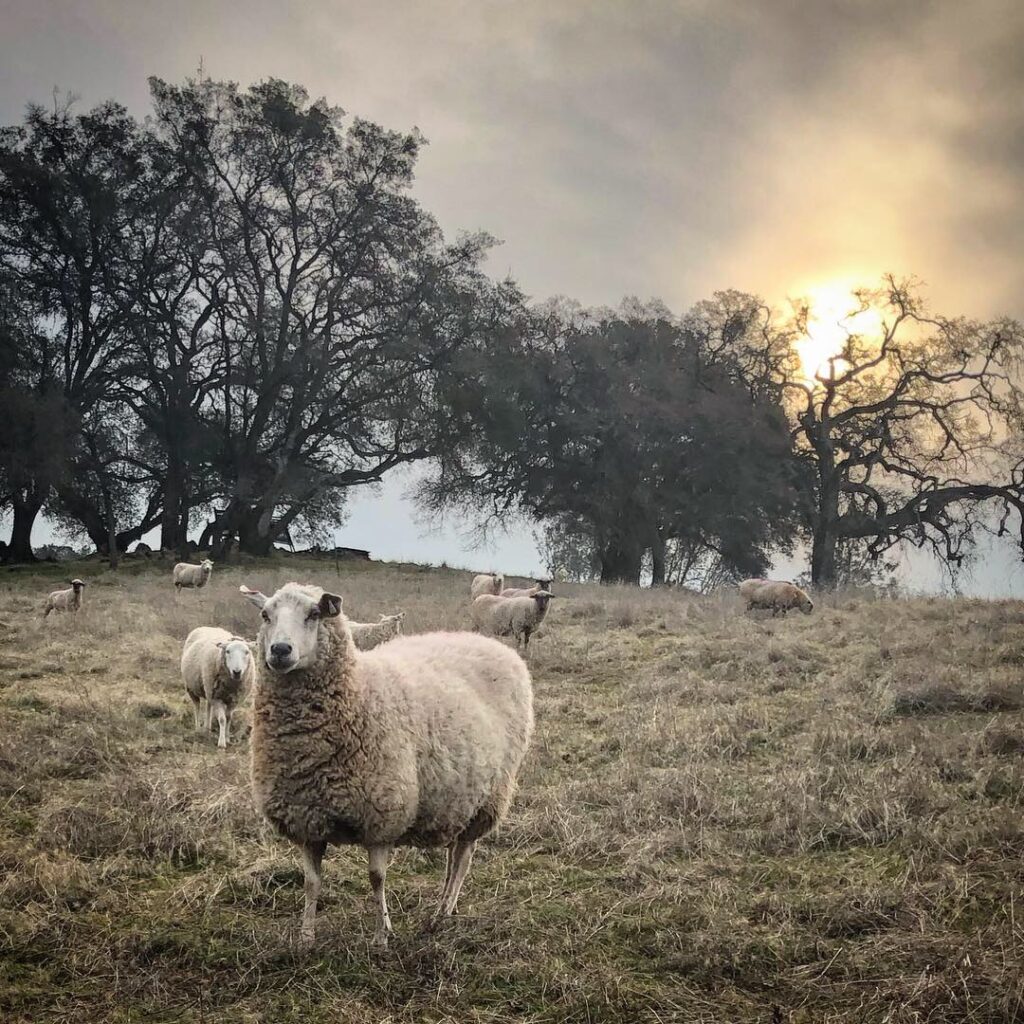The Work is the Same (Mostly) – But Every Year is Different
Contributed by Dan Macon
One of the things I enjoy most about raising sheep – and I suppose it’s true of most agricultural production – is the cyclical nature of the work. Ewes are bred in October to lamb in late February and March. The sheep are shorn in May. The lambs are weaned in June. The calendar changes in January, but the work remains largely the same. Yet despite the regularity of our work, every year is a bit different – and that keeps me interested!

Our entire production system is centered on the fact that the grass on our annual rangelands begins to grow rapidly in early March (when the days are long enough and the temperatures are warm enough). We try to match this period of peak grass supply with our period of peak demand. Ewes that are nursing lambs consume nearly twice as much grass as ewes that are not lactating. In other words, the stocking rate on our pastures doubles once the lambs are born – without any increase in the number of mature ewes. My job as a shepherd is to match this increase in stocking rate with the normal seasonal increase in carrying capacity.
But every year is different! The winter of 2016-2017 was the wettest we’ve experienced since moving to Auburn in 2001 – we measured more than 60 inches of rain. Last winter was close to normal in terms of rainfall, and yet the warm temperatures in January and February resulted record grass growth – nearly twice as much grass as we usually grow. This year, we seem to be on pace for normal precipitation again – however, a dry October and November meant a later start to the grass. We’re starting to catch up as far as grass growth is concerned, but December and early January were challenging – we moved sheep more frequently than last year.

Even with this variability, there are several constants in a shepherd’s year. Sometime in the next 3 weeks, our livestock guardian dog will fail to greet me at his dog food bowl when I arrive at the ranch. He’ll be watching over a set of newborn lambs. In the six weeks that follow, we’ll check the sheep 3 times each day (and even more frequently if the weather turns cold and wet). The fitness app on my smart phone will show that I am walking 5-6 miles a day checking the ewes. March will turn to April, and we’ll resume irrigating our pastures (a daily chore that will last until mid-October). For me, the regularity of my work, combined with the variability in our weather, keeps me interested. As another shepherd told me last fall, “Every year is the same, except when it’s different.”
